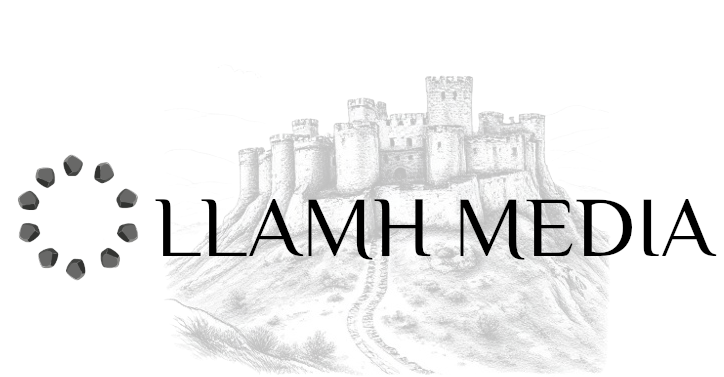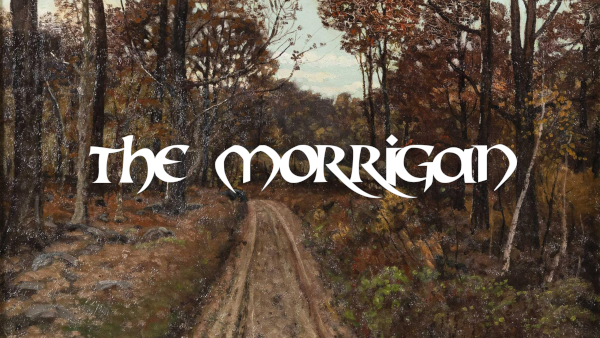The Morrigan is the “great queen” of war and fate in Gaelic mythology. She appears as a crow inciting warriors to battle, helping bring about victory over their enemies. The Morrigan encourages warriors to be brave and strikes fear in their enemies.
She would appear before great battles and circle the battlefield. As mentioned previously, she would appear as crow when appearing to warriors, however she would also appear at times as a shapely maiden, a fierce warrior-queen, and an old hag when necessary. Her appearance would adapt according to the situation.
Family Of The Morrigan
In Lebor Gabála Érenn, the Morrigan is the granddaughter of Nuada, the king of the Tuatha Dé Danann. Ériu, Banba, and Fódla are her siblings. Ériu gives Ireland the name we know it by today. The Morrígan married the Dagda who also became a king of the Tuatha Dé Danann.
The Morrigan In The Ulster Cycle
The Morrigan features throughout the Ulster Cycle of tales, she both assisted and antagonised the hero of the cycle, Cú Chulainn. In Táin Bó Regamna (The Cattle Raid of Regamain), Cú Chulainn attacks an old woman driving a heifer from his territory. This woman turned out to be the Morrígan, she immediately transformed into a crow and exclaimed to Cú Chulainn “It is at the guarding of thy death that I am, and I shall be,”. Cú Chulainn then realised who the old woman was and The Morrígan would be there at his death.
Cú Chulainn and the Morrigan would cross paths again, this time when he was defending Ulster from Queen Medh of Connacht’s onslaught against Ulster. The phantom queen appears as a young woman and offers her love and aid in battle, however Cú Chulainn refuses.
The Fomorians
The Morrígan and the Dagda met on Samhain before going to battle with the Formorians. They came together to summon all the magicians in Ireland to cast spells on the Formorian king. She chants a poem when the battle commences driving the Formorians to sea.
Position in Gaelic Culture
The Morrigan is often considered one of three. This trinity consists of Badb, Macha and Anand, who are collectively known as the Morrígna. Within Celtic beliefs, there is a particular emphasis on trinity. The Gael’s were no exception and sanctified the tripartite nature of things.
When warriors are to die within Gaelic story, she would appear. This characteristic suggests a link with the banshee of later folklore. However in contrast, she is also associated with prosperity of the land, including its fertility and animal life, while subsequentially protecting the people from external aggression.
The legendary Fianna are associated with the Morrigan, they may have even been exclusively dedicated to her veneration.

